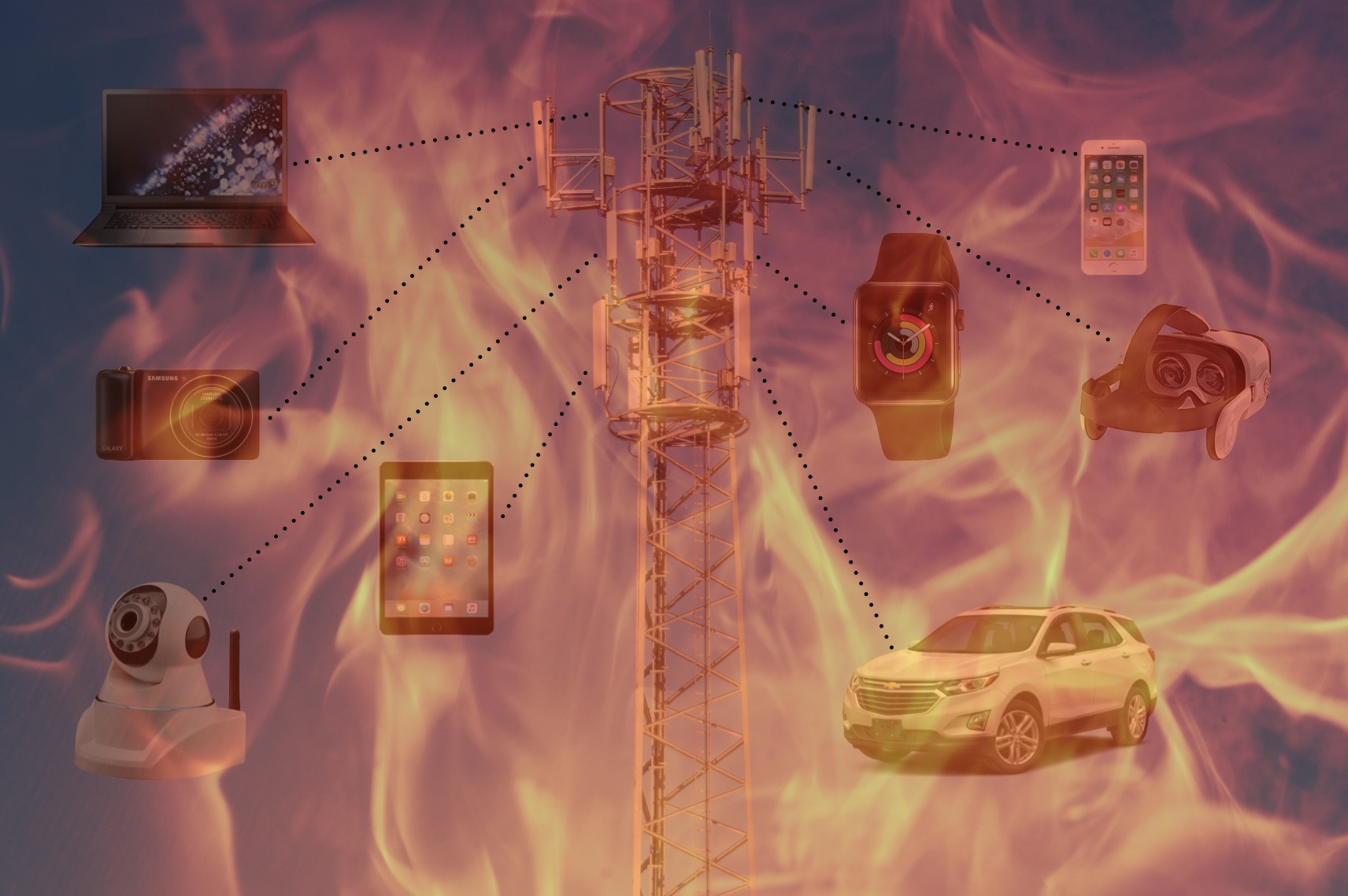Data plans are a hot mess – here’s how to fix them

When I bought my cellular-connected Apple Watch, I was stunned to find that carriers charge $10 per month for data. That’s an extra $120 each year to shoot emails and texts to my wrist.
Then I found out that $10 per month doesn't allot additional data, but instead siphons my iPhone's existing ration.

To top it off, Verizon charges a $30 activation fee each time I want to turn my watch's cellular data flow on.
The penny-pincher in me draws the line somewhere.
Back in 2012, The Verge wrote about “how stupid” data plans are. That was just as people began to add a second ever-connected device (tablets) to their lives.
Today, devices offering cellular connectivity are multiplying with no end in sight. My iPhone, iPad and Apple Watch each incur separate costs for connecting to the same network. Lenovo, Dell and HP offer laptops with 4G connectivity, and Apple is reportedly working on one, too.
As 5G expands, cameras, virtual reality headsets, gaming devices, even cars will increasingly be cellularly-connected.
Why do we have to purchase separate data plans for every device we own? Especially when we're buying from the same carrier.
More devices would already offer built-in LTE by now, if activating cellular wasn't such a complex and costly process.
Take the humble camera, for instance. Newsrooms would love photographers to have DSLRs with built-in LTE that could transmit photos at the push of a button. It's a hard-to-find feature. The reason, I posit, is that few people want to manage the burdens associated with one more data plan.
The system needs to change. Here's a data "bill of rights" that would remove the unnecessary constraints we've come to accept due to a shortage of competition:
Cellular consumers should be able to:
• Pay for a single data plan that feeds any connected device.
• Pay for the precise, total amount of data used across devices, instead of a preset limit.
• Sign in and out of service directly on any device at will, without incurring fees.
• See which devices are scarfing the most data and remotely set caps or turn data on/off.
What do you think? Send your questions and feedback to hkeely@reviewjournal.com and follow me on Twitter: @HarrisonKeely.

















